- 2024年-02月-19日:旗袍时尚情画 (陆梅)(335P)
- 2023年-09月-08日:Hofkleiderbuch des Herzogs Wilhelm IV.und Albrecht V.巴伐利亚公爵威廉四世和艾伯特五世宫廷服饰书(289P)
- 2023年-03月-19日:方氏墨谱(下册)(130P)
- 2023年-03月-19日:方氏墨谱(上册)(191P)
- 2023年-03月-15日:耕织图.上下.南宋楼璹原作.狩野永纳摹写.1676年(97P)
- 2023年-02月-14日:黄印友禅模样标本.一册.西村治染部(72P)
- 2023年-02月-10日:古代模様源氏貝尽(30P)
- 2023年-02月-08日:遊君衣裳鑑.一冊.桔梗屋.昭和7年.1932(19P)
- 2023年-02月-06日:舞乐器图(46P)
- 2023年-02月-04日:相扑图.一卷.土佐基光.画(6P)
- 2023年-01月-30日:泰语诗歌图书(58P)
- 2023年-01月-30日:石灯笼图谱.4册.宽延到明和年间.18世纪末.写本(218P)
- 2023年-01月-29日:闺训图说(227P)
- 2023年-01月-29日:二十四孝图赞(54P)
- 2023年-01月-29日:训女图说(291P)
- 2023年-01月-28日:纳西族手稿.Joseph Rock.1930搜集.美国国会图书馆藏(94P)
- 2023年-01月-28日:能楽花之栞.上中下册(213P)
- 2023年-01月-17日:二十四孝.中国故事板图.日文故事描述(32P)
- 2023年-01月-14日:十二月画短冊.怏雪.竹真(12P)
- 2023年-01月-13日:勝絵.鳥羽覚猷画(20P)
- 2023年-01月-12日:年中行事图巻.江戸時代(29P)
- 2023年-01月-10日:日本十二月风俗图卷(19P)
- 2023年-01月-10日:卖茶翁茶器图.木孔陽.編(22P)
- 2023年-01月-08日:中国古代二十四孝全图(16P)
- 2023年-01月-08日:女子二十四孝彩图.鲍国昌序.上海信谊药厂编印.1941年(54P)
- 2023年-01月-07日:印香炉式谱.丁月湖摹.爱吾庐.清光绪4年(246P)
- 2022年-12月-30日:中国篮篓(82P)
- 2022年-12月-30日:新几内亚雕绘(62P)
- 2022年-12月-29日:印度纺织版画(32P)
- 2022年-12月-28日:爪哇蜡染图案(33P)
- 2022年-12月-26日:16世纪西欧和东欧.美洲及非洲服饰风俗画(158P)
- 2022年-12月-20日:京城店铺幌子图(40P)
- 2022年-12月-20日:二十四孝图册(24P)
- 2022年-12月-18日:中國風吉祥剪紙(145P)
- 2022年-12月-13日:清宫包装图典(197P)
- 2022年-12月-12日:清宫服饰图典(313P)
- 2022年-12月-03日:中国民间美术全集·演具(328P)
- 2022年-12月-02日:中国民间美术全集·饰物(349P)
- 2022年-12月-01日:中国民间美术全集·剪纸(326P)
- 2022年-11月-04日:文房四宝·笔墨(226P)
- 2022年-08月-17日:中华美扇(62P)
- 2022年-08月-16日:油纸伞(68P)
- 2022年-08月-14日:青花蓝欣赏(38P)
- 2022年-08月-14日:极品茶具(31P)
- 2022年-08月-06日:瓷玉字画(22P)
- 2022年-08月-06日:香囊欣赏(29P)
- 2022年-08月-06日:幽香旧墨(19P)
- 2022年-08月-06日:笔挂笔架(27P)
- 2022年-08月-06日:精致的墨盒(27P)
- 2022年-07月-31日:古典刺绣(31P)
- 2022年-07月-25日:錾刻艺术(27P)
- 2022年-07月-25日:屏风·围屏(30P)
- 2022年-07月-25日:屏风·挂屏(19P)
- 2022年-07月-21日:瓷板画欣赏(63P)
- 2022年-07月-19日:挂盘荟萃(74P)
- 2022年-07月-19日:宫廷彩蛋(26P)
- 2022年-07月-17日:名砚欣赏(54P)
- 2022年-07月-17日:掐丝珐琅欣赏(20P)
- 2022年-07月-17日:当代陶瓷欣赏(50P)
- 2022年-07月-17日:精美竹编(25P)
- 2022年-07月-16日:蜡染工艺欣赏(33P)
- 2022年-07月-16日:版画百年欣赏(164P)
- 2022年-07月-06日:粤绣赏析(25P)
- 2022年-07月-06日:蜀绣赏析(23P)
- 2022年-07月-06日:苏绣赏析(23P)
- 2022年-07月-06日:卡通京剧欣赏(33P)
- 2022年-07月-02日:百家壶艺(54P)
- 2022年-06月-29日:茶叶罐(40P)
- 2022年-06月-26日:陶瓷艺术(40P)
- 2022年-06月-26日:红瓷欣赏(62P)
- 2022年-06月-26日:老年书赏析(62P)
- 2022年-06月-25日:瓷盘中的国画(14P)
- 2022年-06月-23日:景泰蓝欣赏(13P)
- 2022年-06月-23日:古典香炉(69P)
- 2022年-06月-22日:中华牌匾大全(204P)
- 2022年-06月-21日:竹编欣赏(28P)
- 2022年-06月-21日:古典陈设(29P)
- 2022年-06月-20日:欧洲瓷器赏析(47P)
- 2022年-06月-19日:湘绣欣赏(15P)
- 2022年-06月-16日:烙画艺术欣赏(47P)
- 2022年-06月-14日:剪纸精粹(392P)
- 2022年-06月-14日:气烧钧瓷欣赏(102P)
- 2022年-06月-12日:民间年画(44P)
- 2022年-06月-12日:东北泥塑(16P)
- 2022年-06月-08日:中华牌匾(87P)
- 2022年-06月-06日:中外精品酒瓶欣赏(72P)
- 2022年-06月-04日:中国红瓷器(19P)
- 2022年-06月-04日:民间工艺品大全(30P)
- 2022年-06月-04日:文房雅趣(55P)
- 2022年-06月-03日:中国符号(73P)
- 2022年-06月-03日:中国戏曲服饰大全(72P)
- 2022年-05月-31日:丝绸刺绣(63P)
- 2022年-05月-28日:蓝老刀牌香烟广告(8P)
- 2022年-05月-21日:中国民间面具欣赏(22P)
- 2022年-05月-21日:油画中的京剧(20P)
- 2022年-05月-21日:中华戏偶艺术(99P)
- 2022年-05月-20日:十二星座美人图(12P)
- 2022年-05月-20日:二十四节气美女图(24P)
- 2022年-05月-19日:日本浮世绘画欣赏(70P)
- 2022年-05月-19日:百幅京剧人物图(100P)
京城店铺幌子图.18帧.周培春绘.清末北京民俗画
幌子是古时挂在店铺门外,用以招引顾客和表明商店所售物品或服务项目的标志。此套京城店铺幌子图绘共18幅(近100种,如:当铺、酒铺、药谱、首饰铺、点心铺,甚至还有奶茶铺、影像铺等等),由清末北京民俗画家、外销画家周培春绘制。他的画作帮助我们了解清代北京的市景风俗习惯。幌又称帷幔。一种表明商店所售物品或服务项目的标志。商店悬望子,为汉族的一种商业民俗。起源甚古,初特指酒店的布招,用布帘缀于竿端,悬于门前,以招引顾客。消费者走进门店消费,形成良好的印象,最终转化为一种主动的选择和传播,其底层逻辑就在于“体验和服务”。商业的本质是服务业,实体商业服务的对象不仅是消费者所要的产品,更是消费者本身。所以要关注消费者的精神、情感以及他们对于文化的需求。
The front is a sign hanging outside the shop in ancient times to attract customers and indicate the goods or services sold by the shop. This set of shop covers in the capital were painted in 18 pieces (nearly 100 kinds, such as pawnshops, wine shops, herbal recipes, jewelry shops, snack shops, and even milk tea shops, video shops, etc.) by Zhou Peichun, a Beijing folk painter and export painter in the late Qing Dynasty. His paintings help us understand the customs of Beijing in the Qing Dynasty. The front is also called the curtain. A sign indicating the goods or services sold in a store. Hangwangzi is a commercial folk custom of the Han nationality. It has a very ancient origin. At the beginning, it specifically refers to the cloth sign of the hotel. It is decorated with a cloth curtain at the end of the pole and hung in front of the door to attract customers. Consumers enter the store to consume, form a good impression, and finally transform it into an active choice and communication. The underlying logic is “experience and service”. The essence of business is service industry. The object of entity business service is not only the products consumers want, but also consumers themselves. Therefore, we should pay attention to the spirit, emotion and cultural needs of consumers.
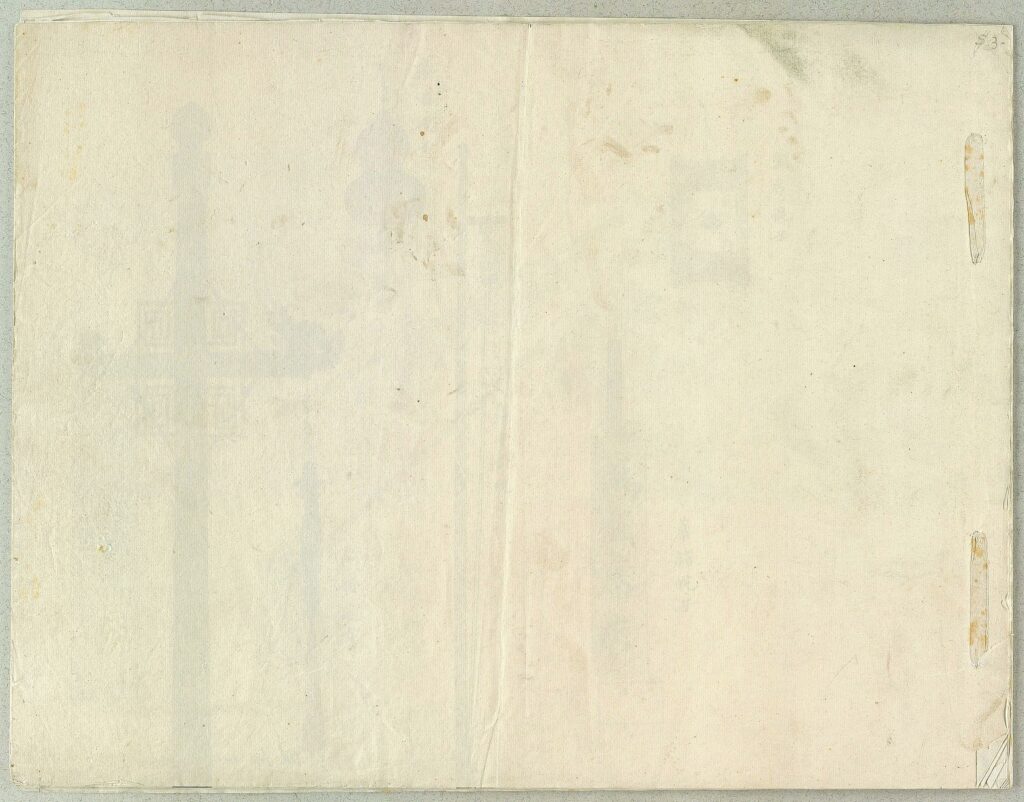
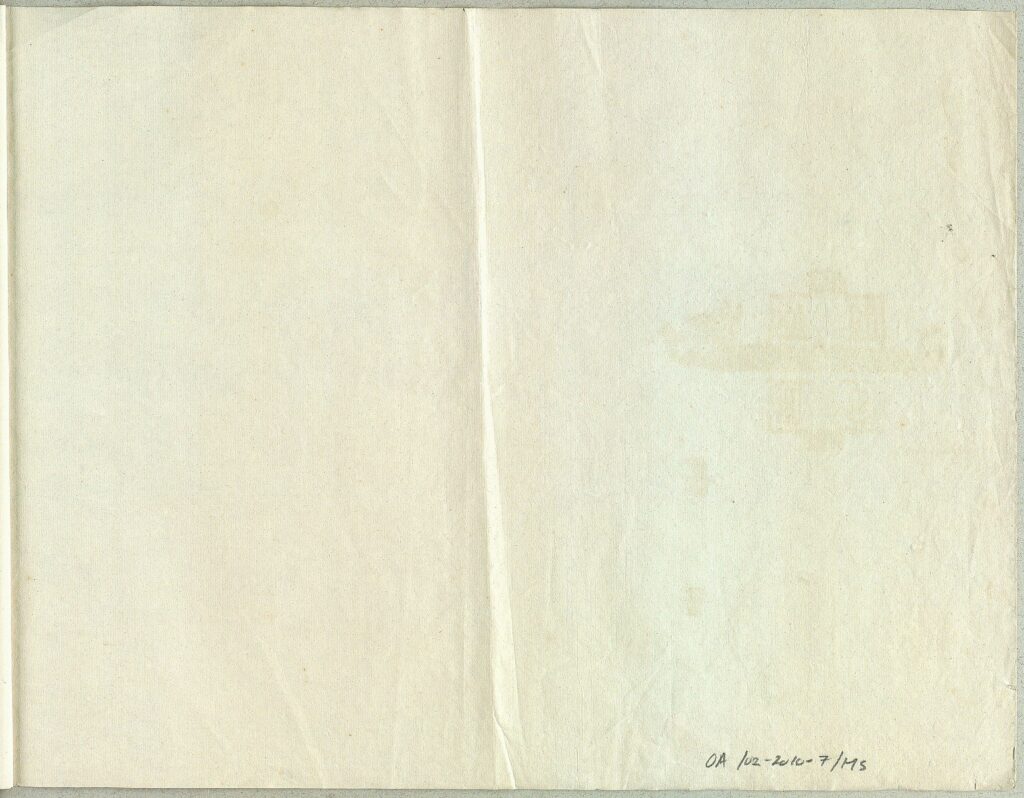

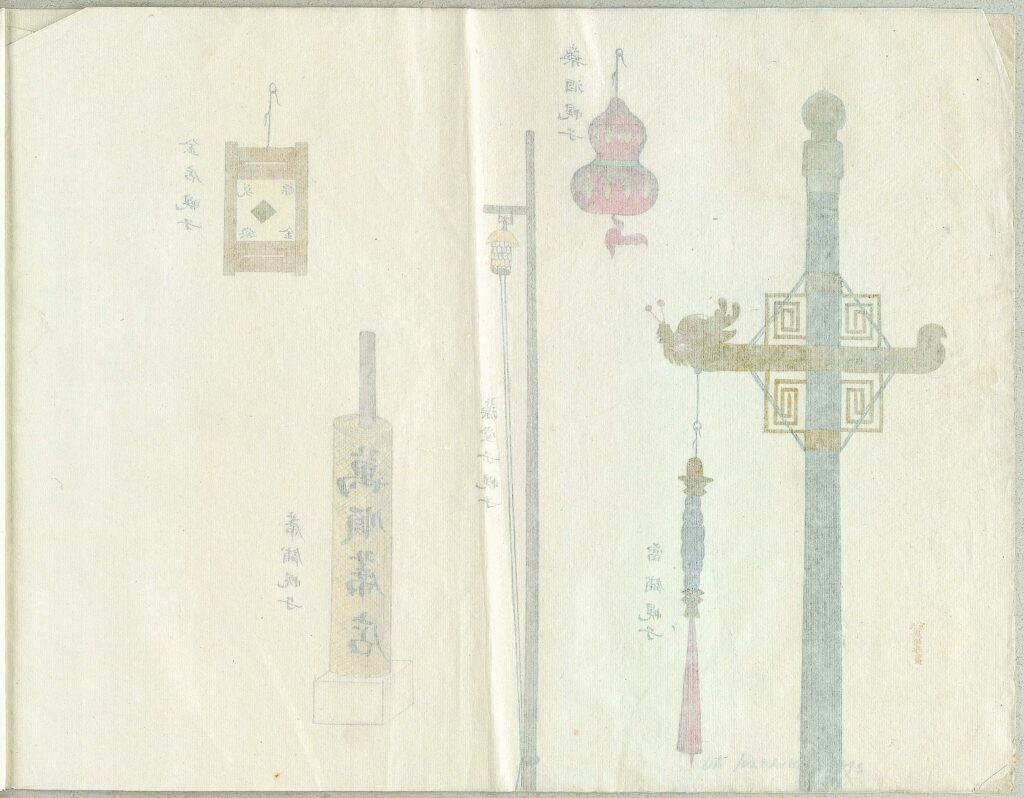

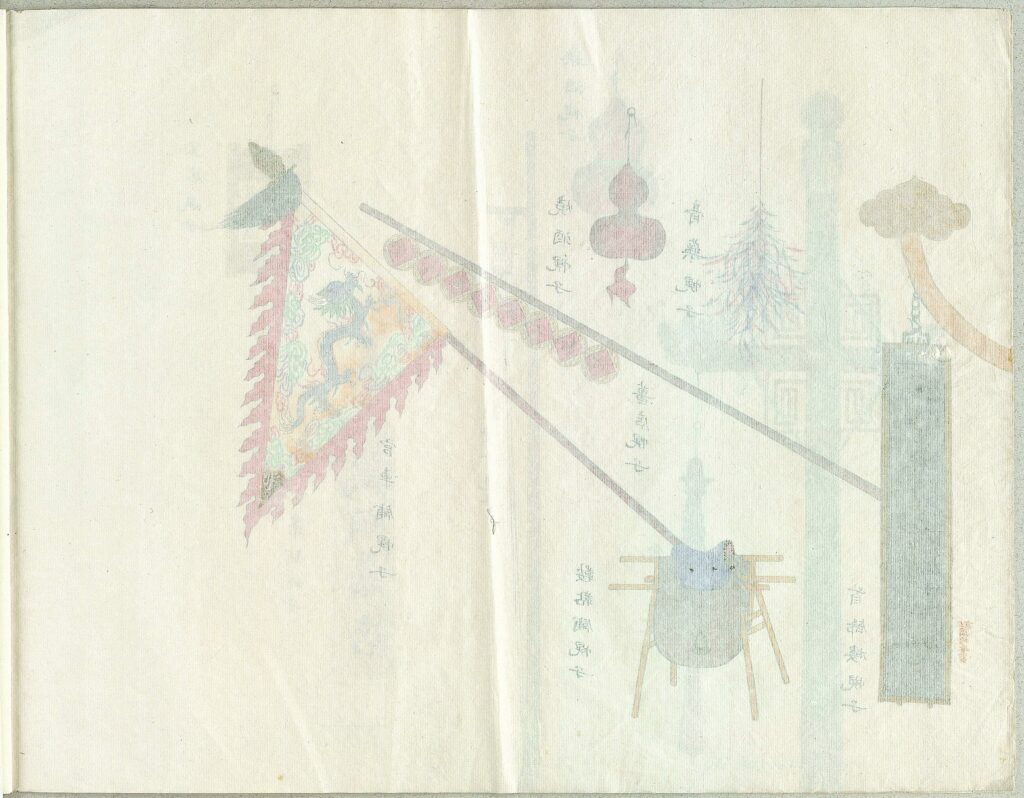
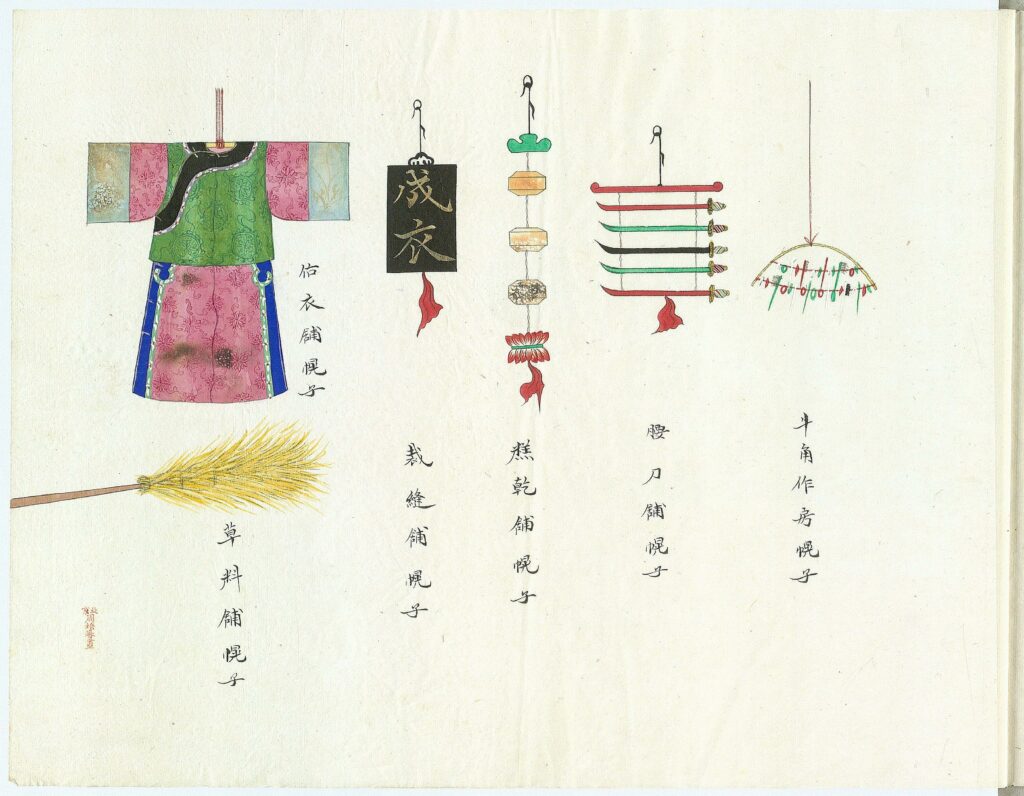

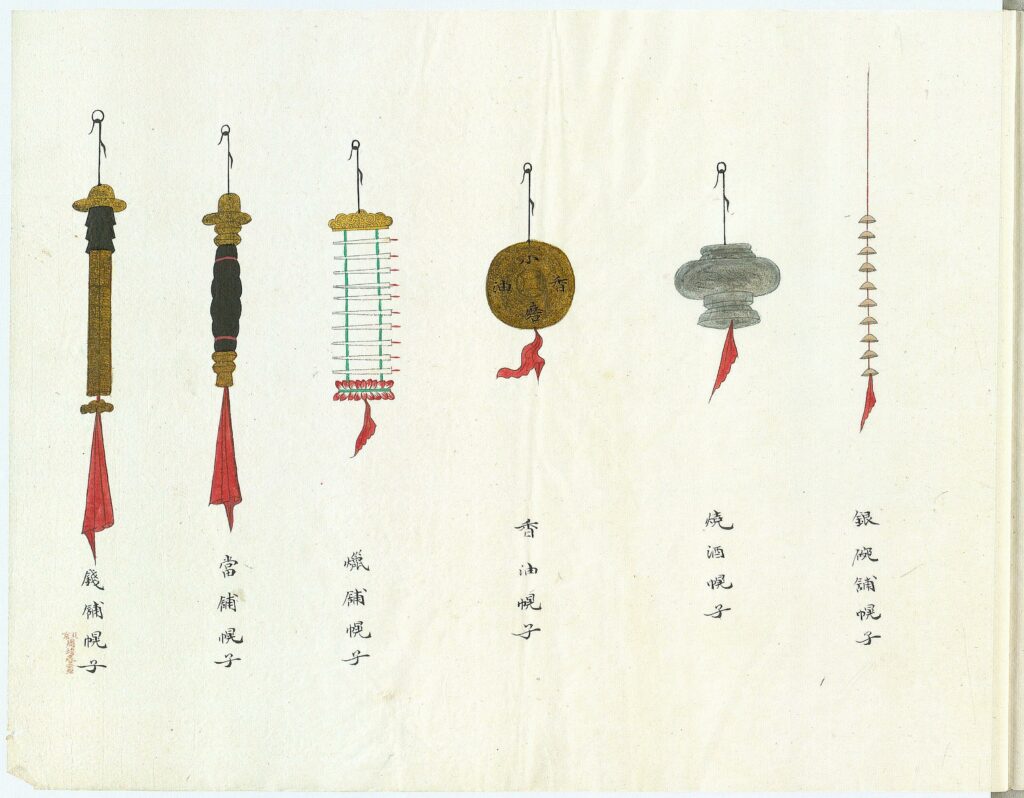
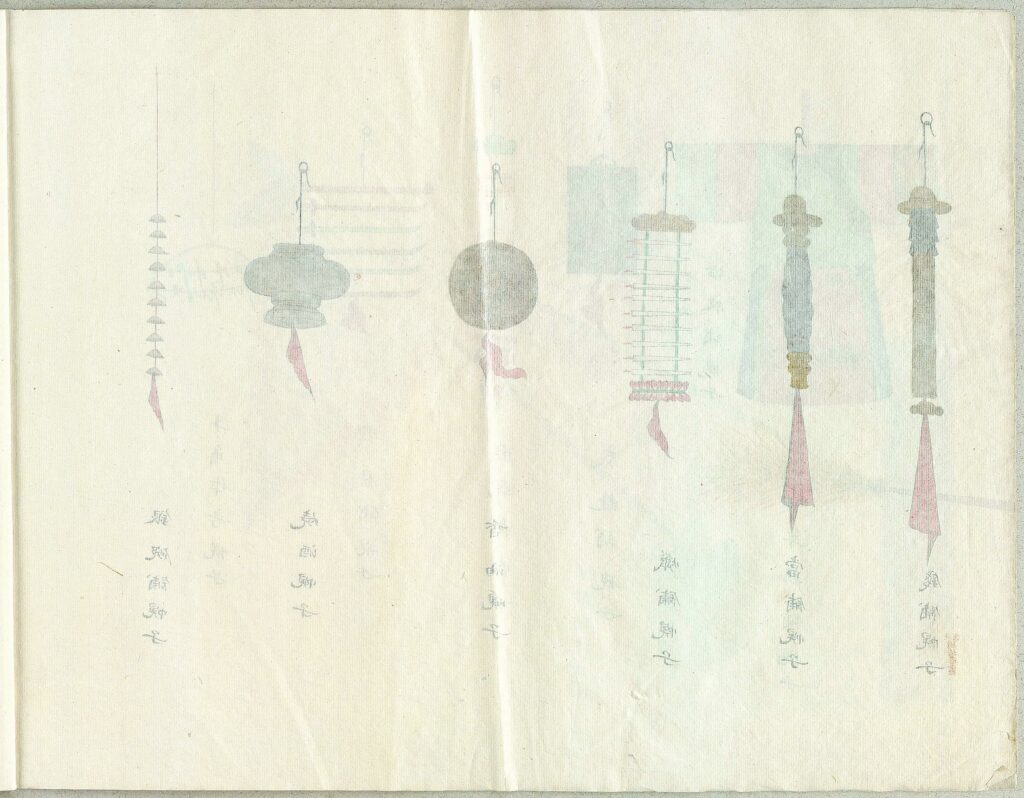

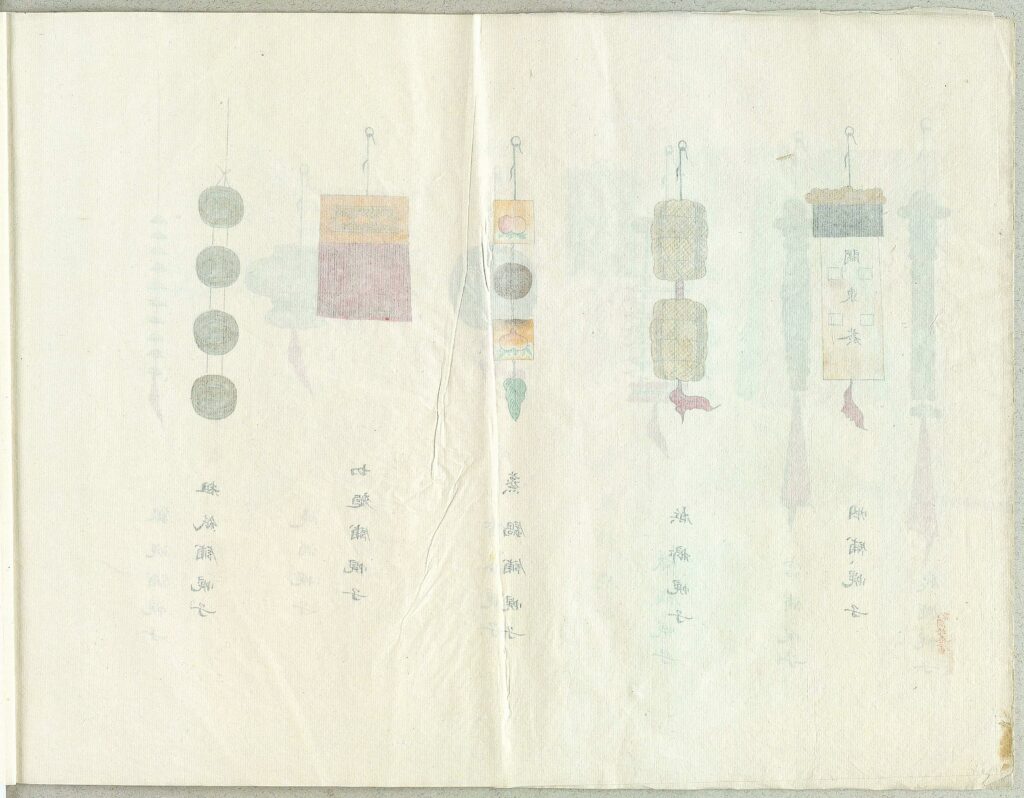

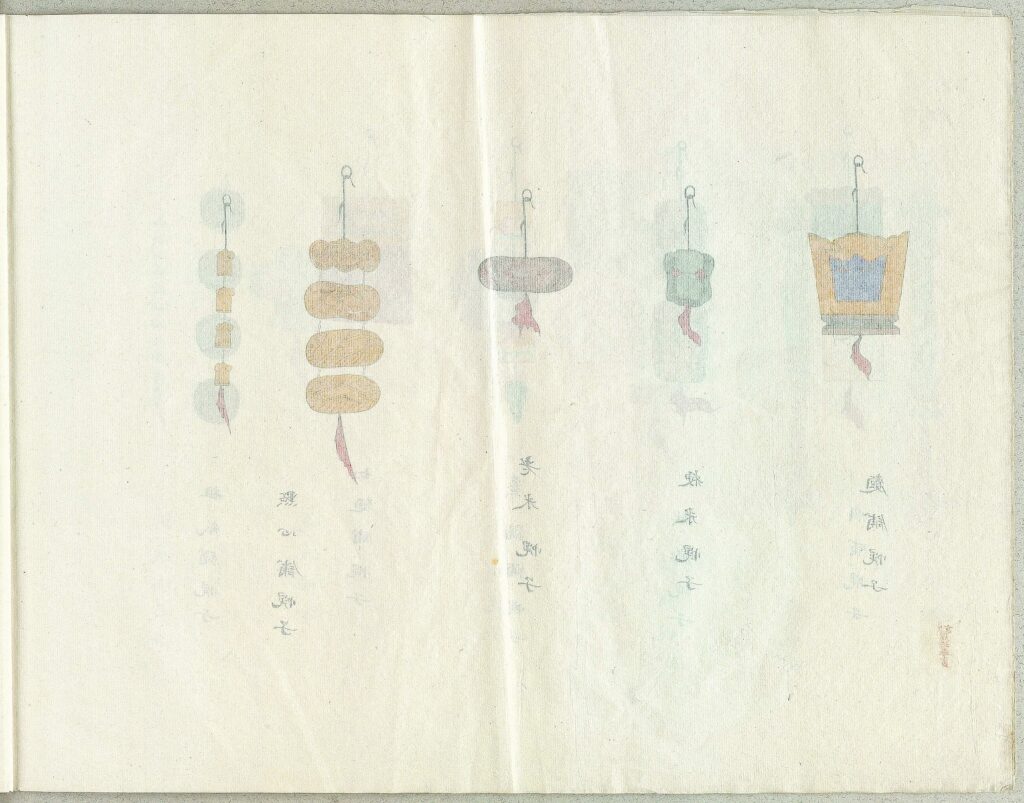



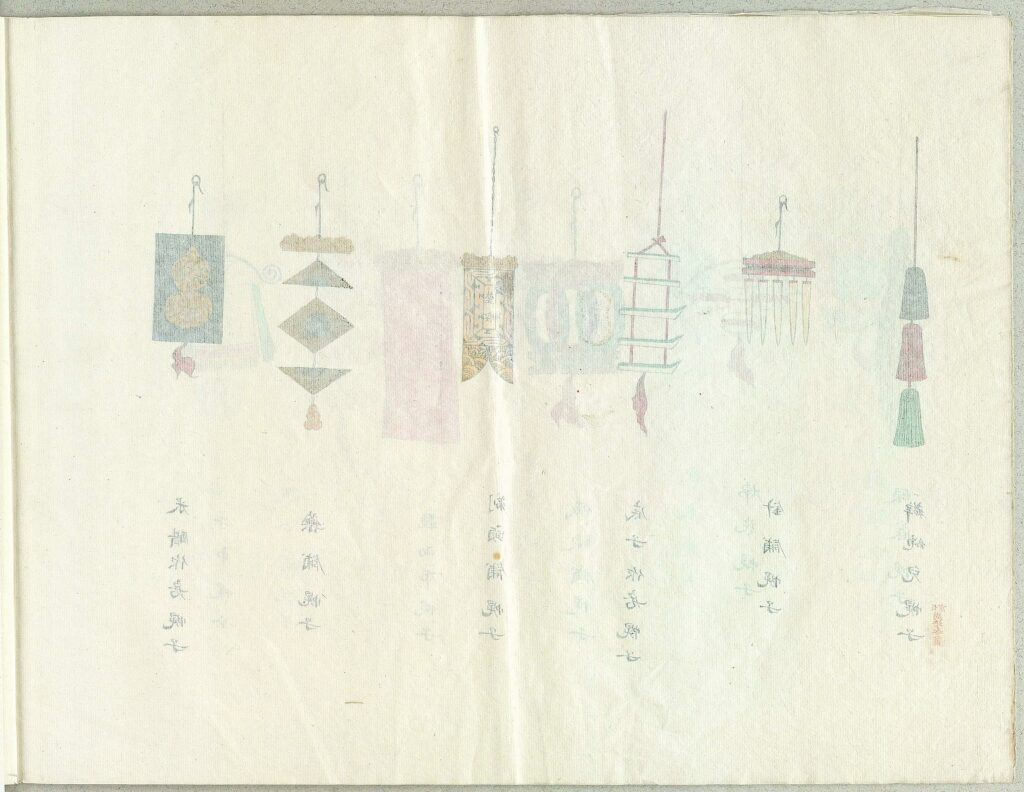
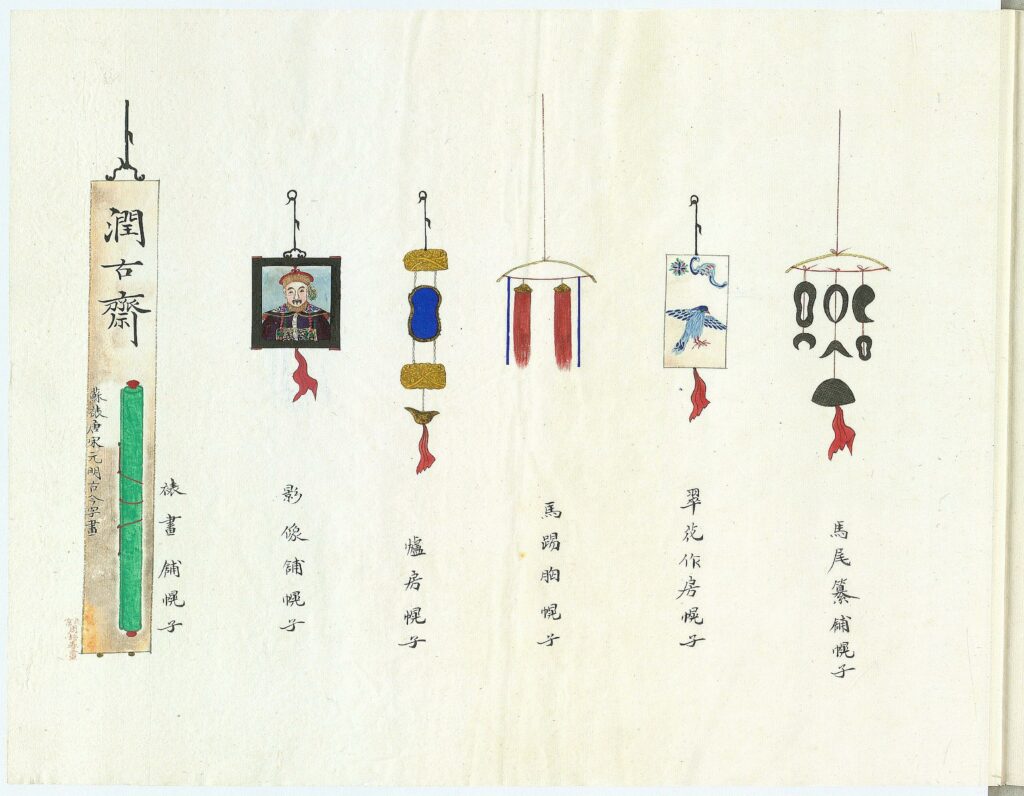

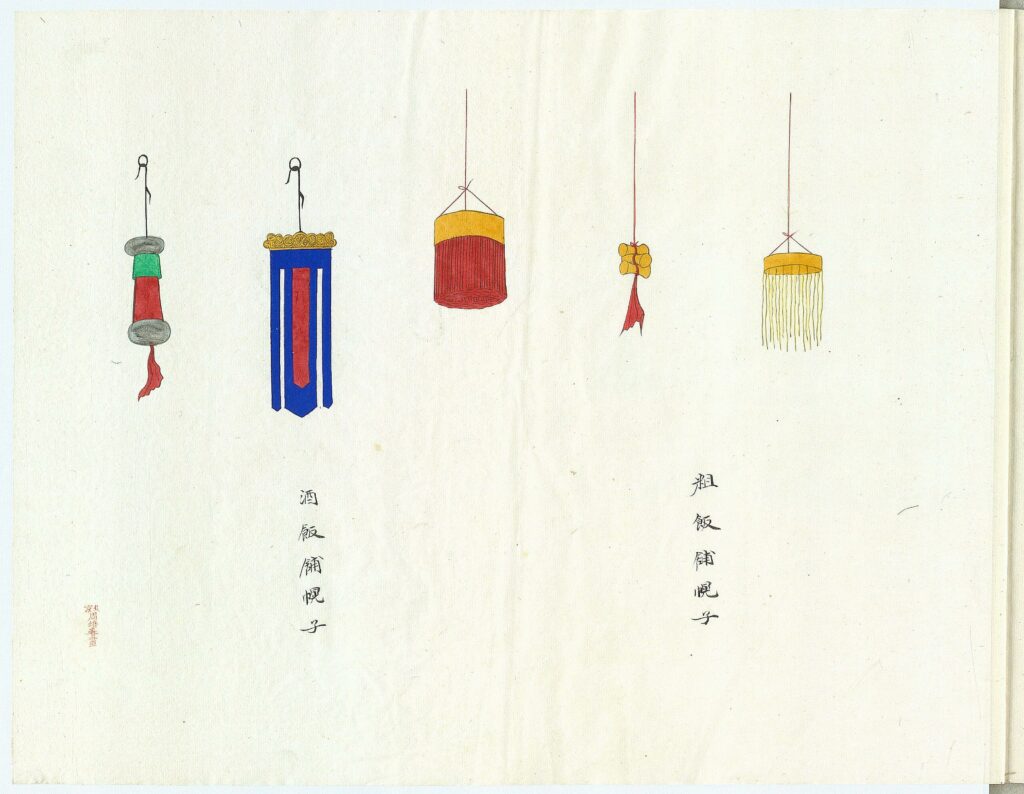
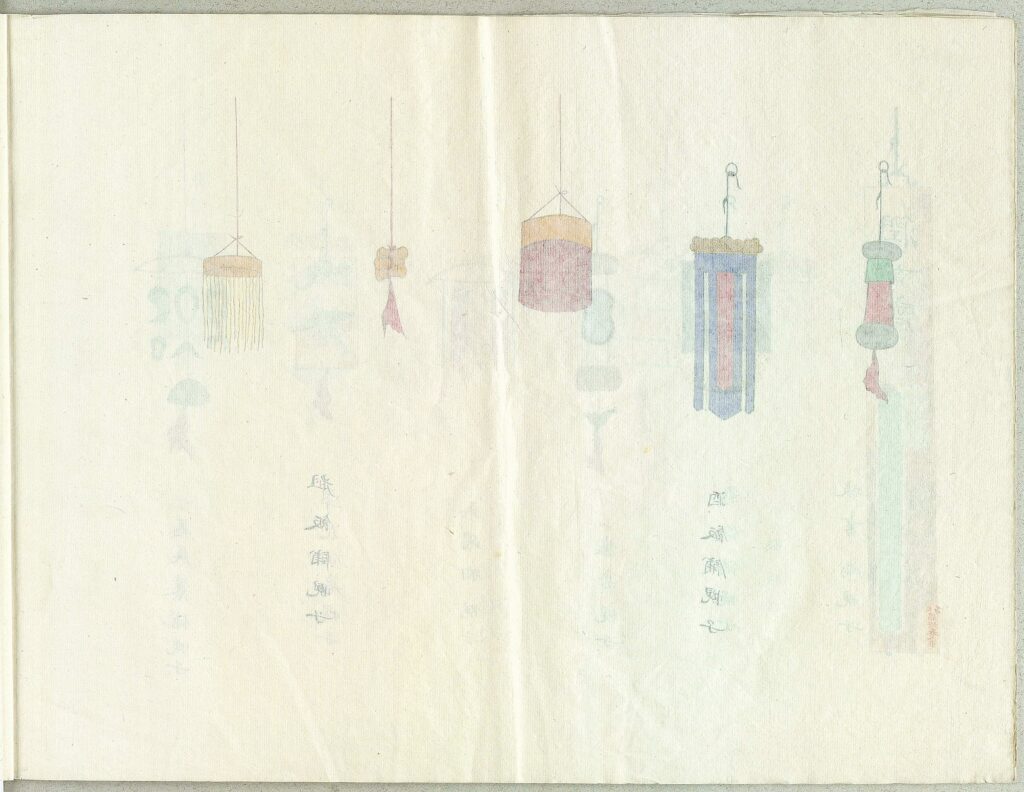


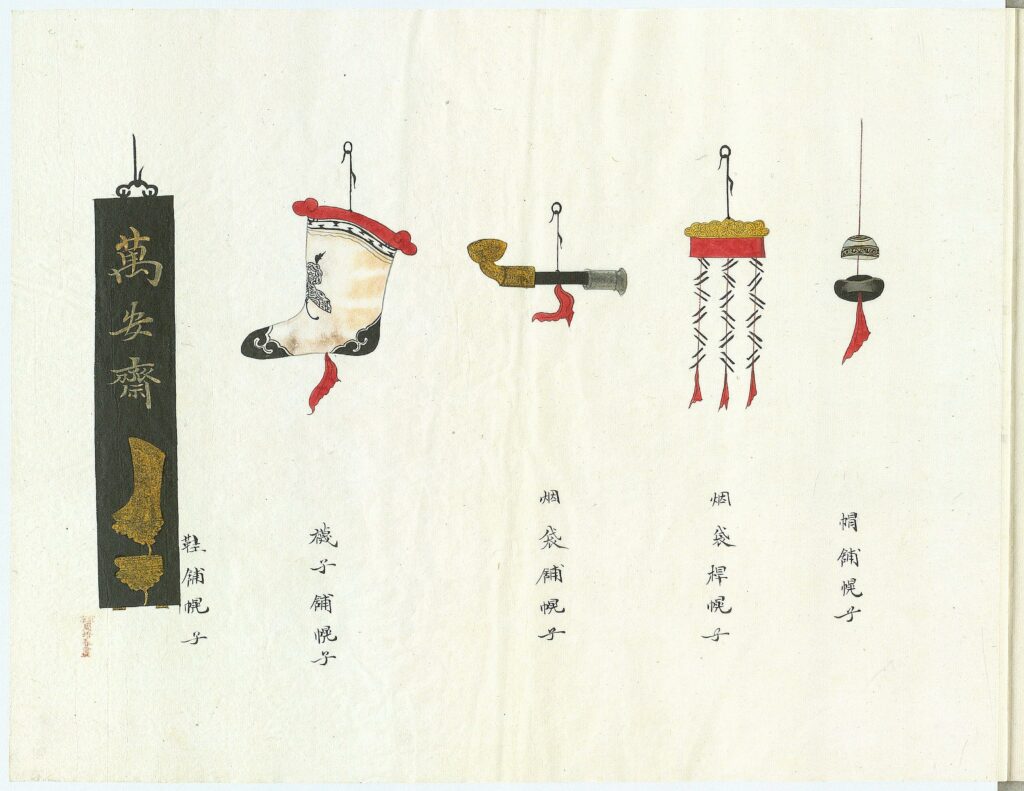
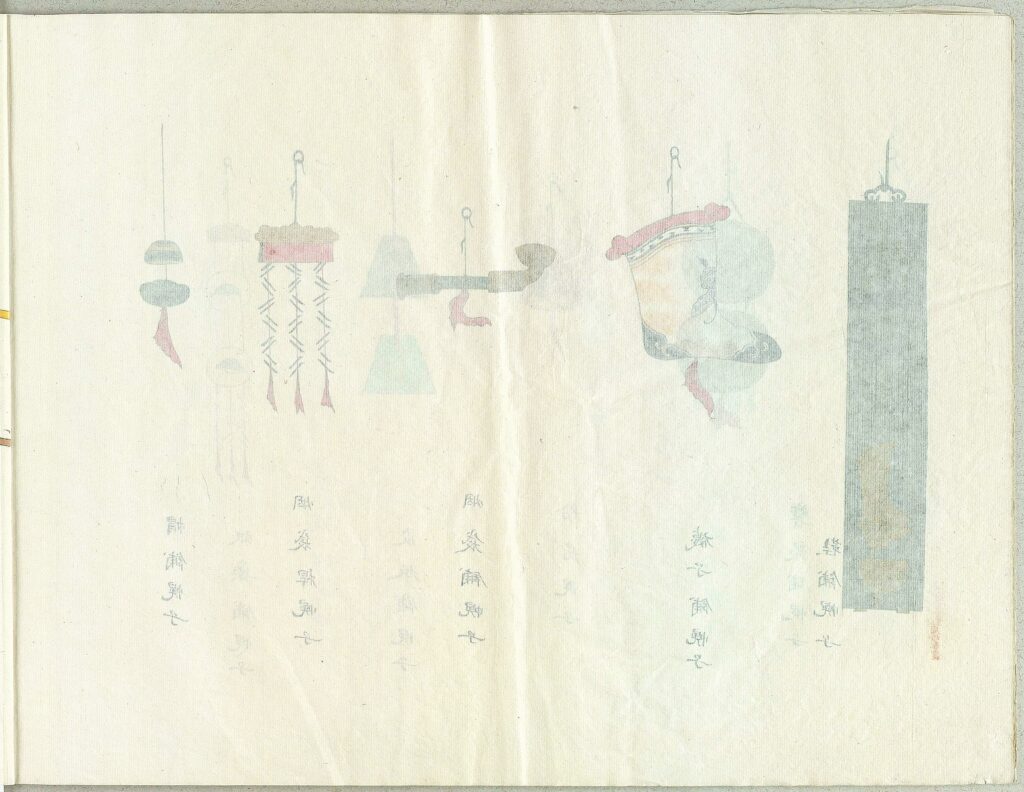


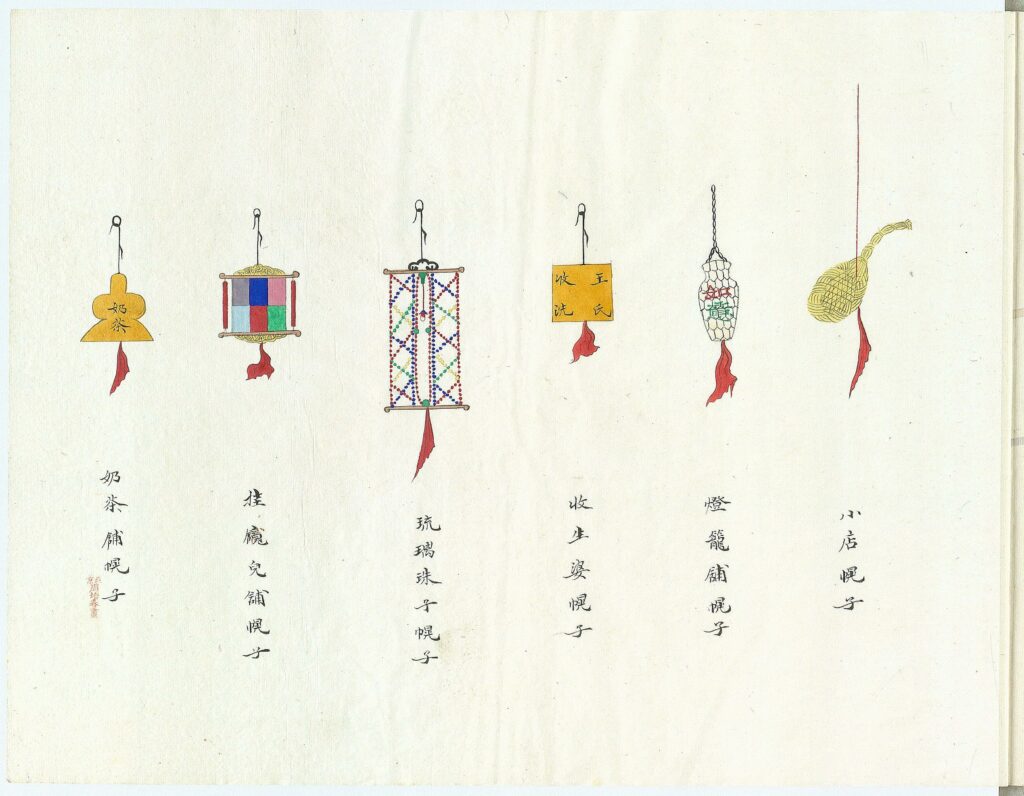
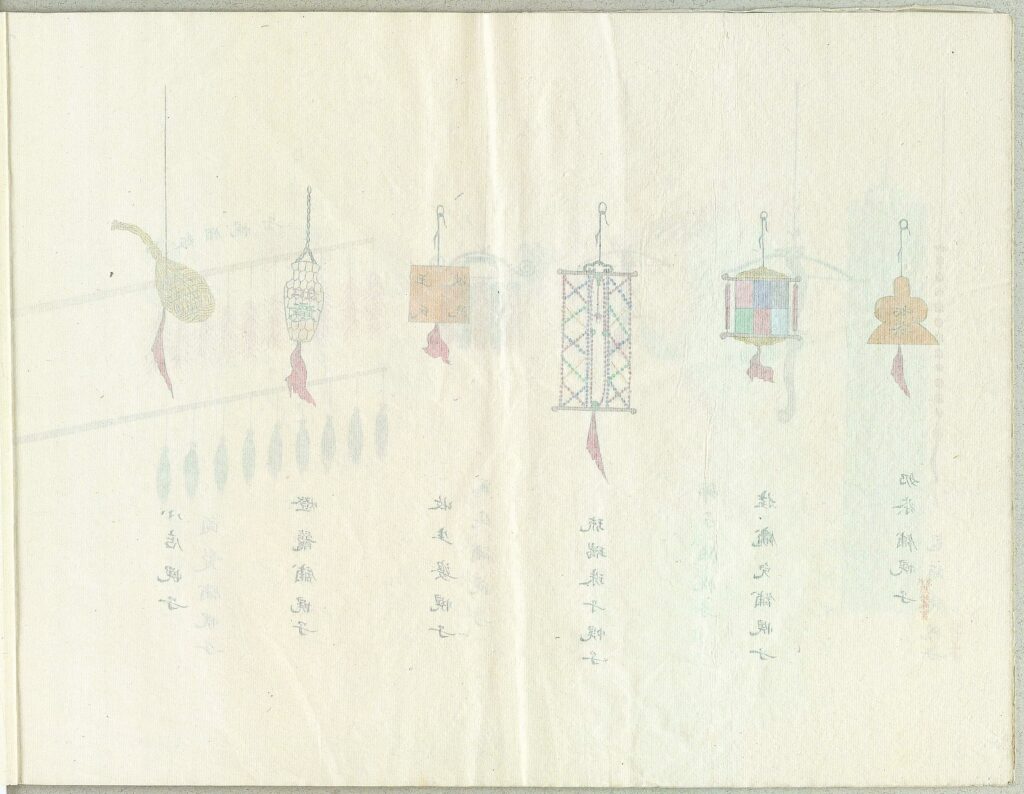


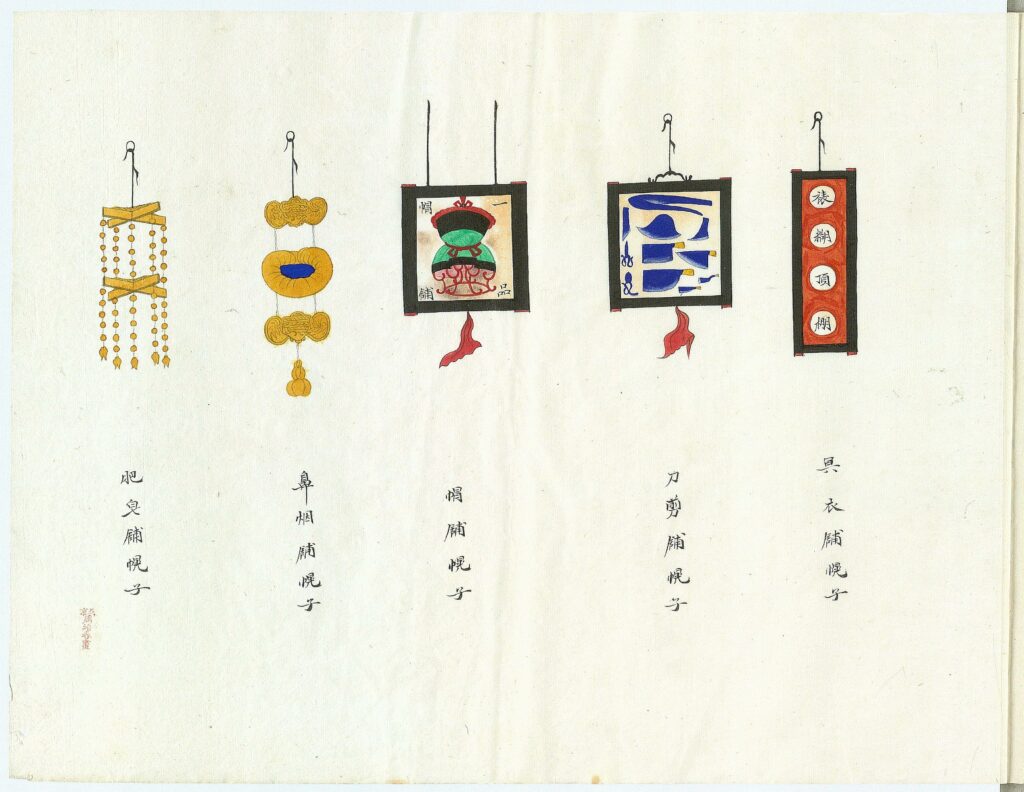
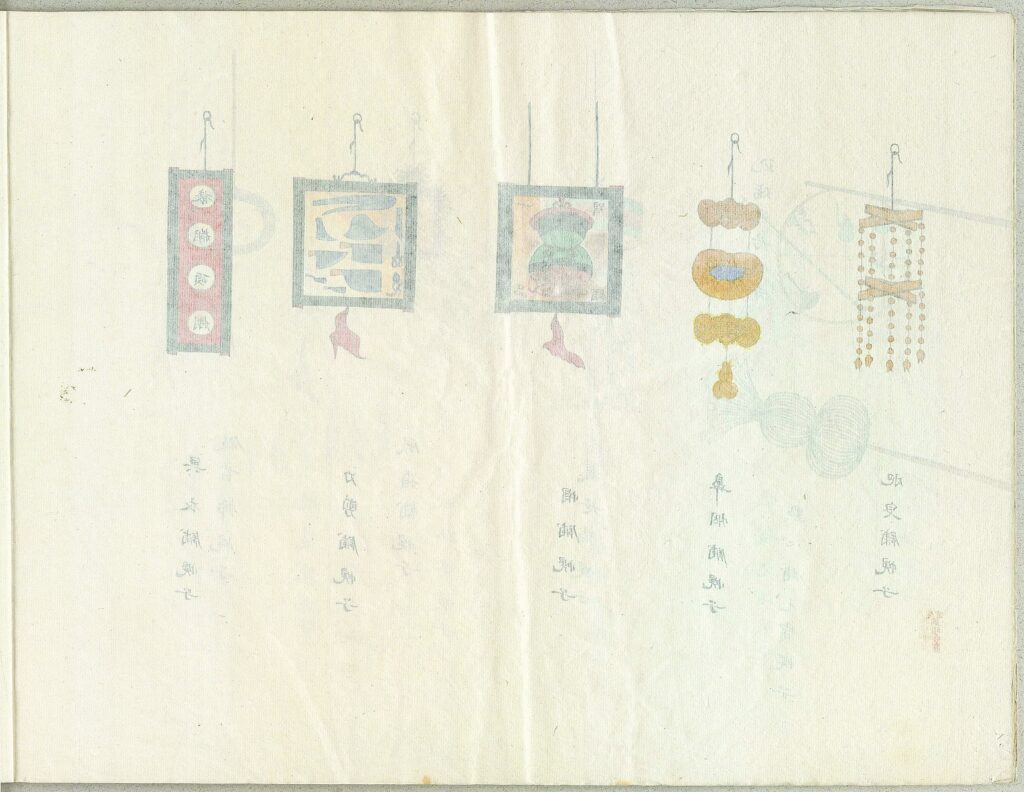


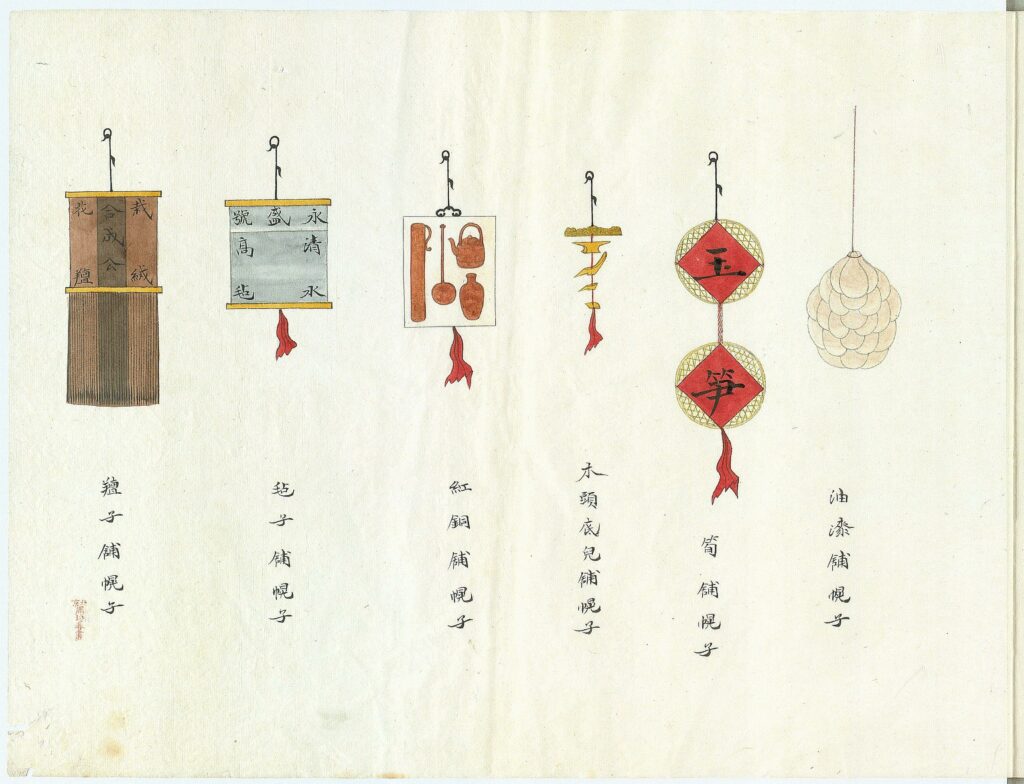

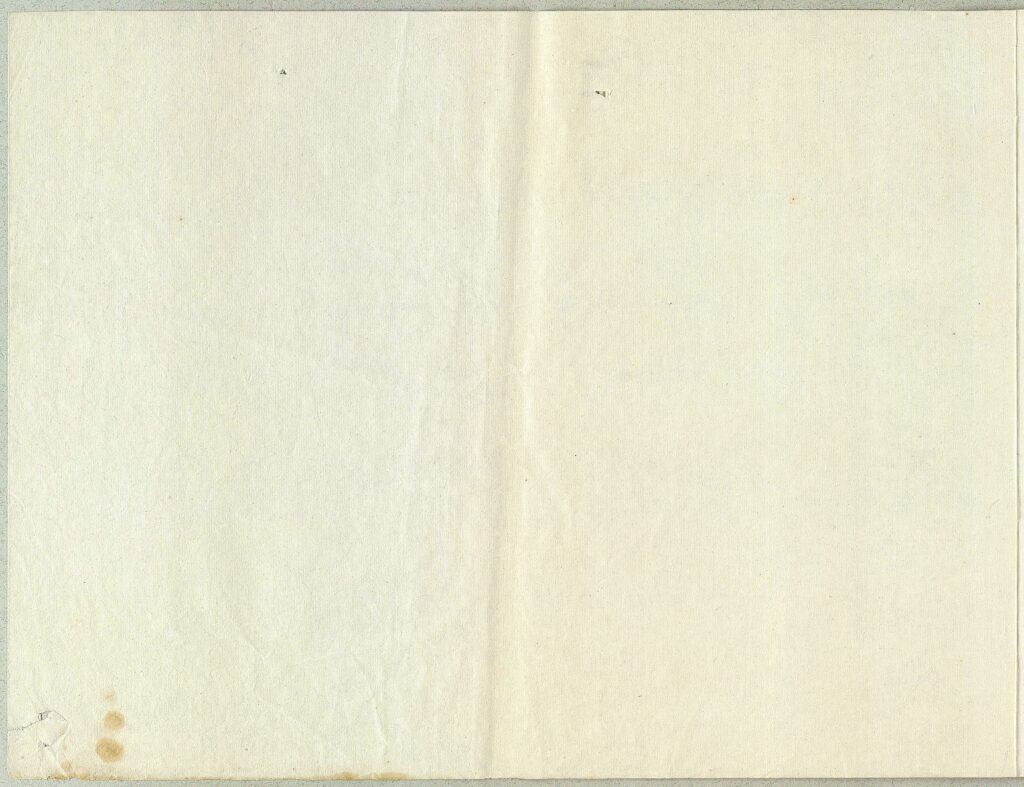
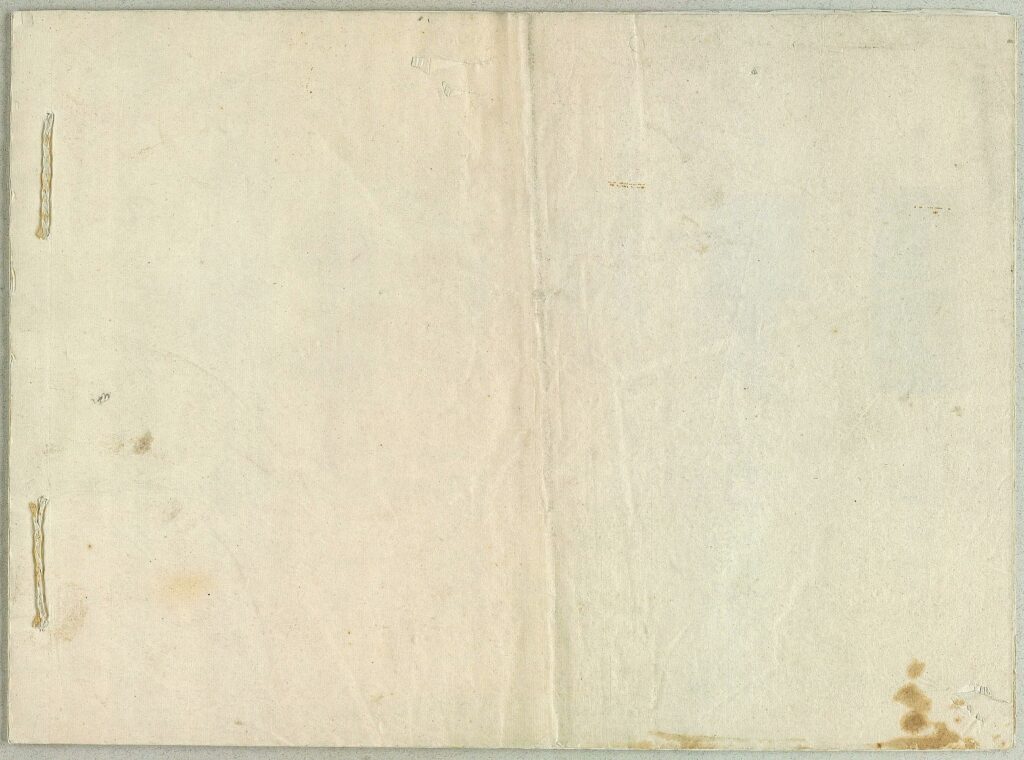
Art艺术 Custom民俗 40P 京城店铺幌子图
历史上的今天 ( 4 ):
可点 ➠ 2022年-12月-20日 ➠ 353 s ➠ ♥ 0

